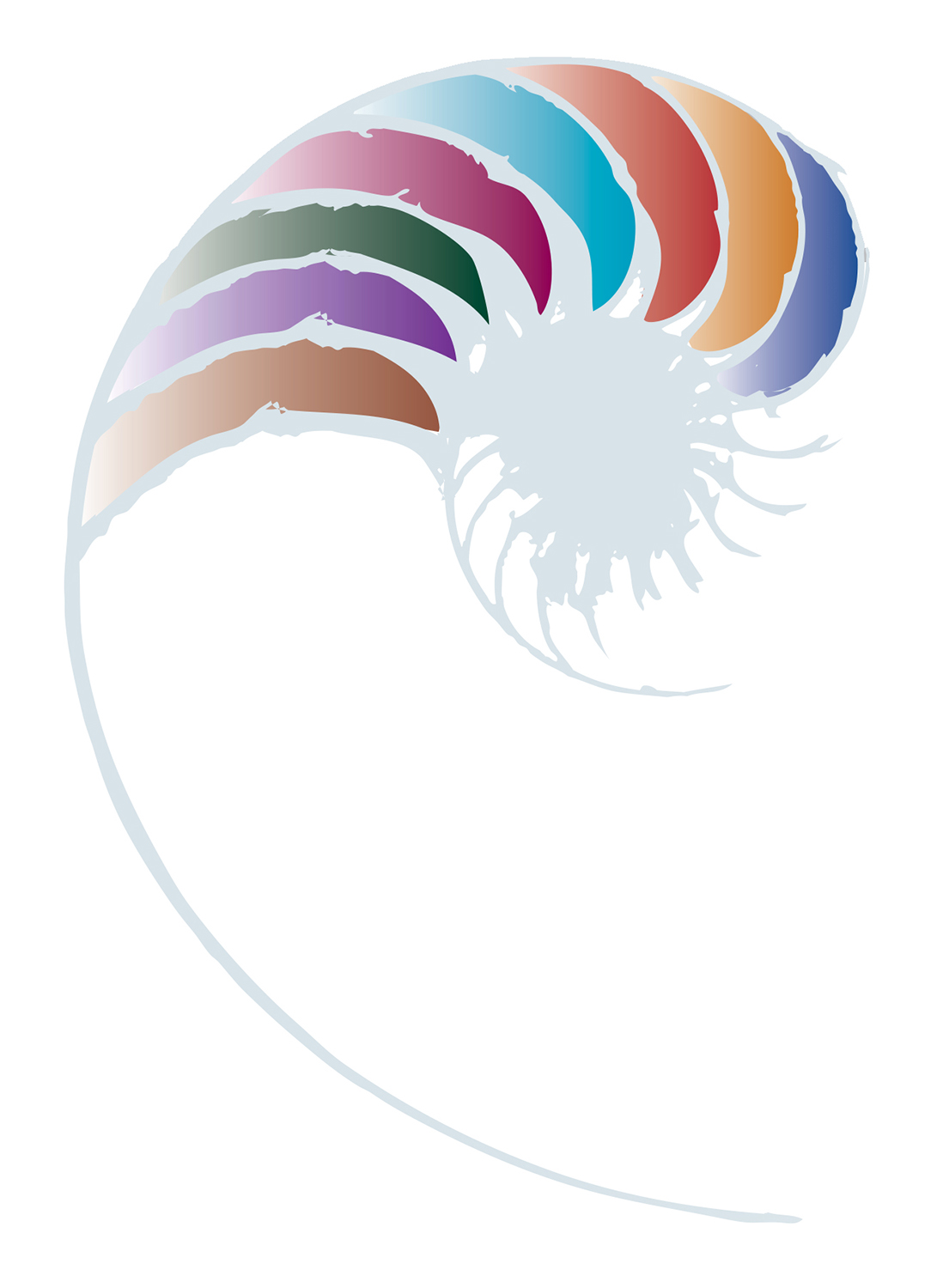Maths Kaiako Guide
The maths kaiako guide is part of a suite of resources for Kōwhiti Whakapae maths practices and progressions. It provides kaiako with a deeper dive into the maths area of learning in the early years. See 'Maths kaiako guide resources' below to access the individual resources.
Kei hopu tōu ringa ki te aka tāepa, engari kia mau ki te aka matua.
Cling to the main vine, not the loose one.

In early learning, maths learning involves children experiencing and exploring their worlds related to spatial thinking, number and quantity, and patterns. These worlds may be cultural and social, every day and within the wider environment. They involve interactions with people as well as physical objects and playful ideas.
Understanding children’s maths learning and fostering their enjoyment and interest in maths is important. As children grow, maths helps them to be competent and confident lifelong learners. Kaiako in early learning settings have a key role in facilitating play experiences and rich interactions that support and extend maths learning.
Kōwhiti Whakapae maths
The Maths kaiako guide is part of a suite of resources for Kōwhiti Whakapae maths practices and progressions. In Kōwhiti Whakapae maths is divided into four equally important areas. These are:
- Space and measurement: Includes concepts and language about shape, size, location, distance, and spatial visualisation. Children learn about space through movement, imagination, and a range of experiences of different spaces from their perspective.
- Number and measurement: Involves using the number system for purposeful activity with objects and quantities. The regularity and structure of the number system helps us arrange and count objects and compare quantities at a rich exploratory level in the early years.
- Pattern and relationships: Involves noticing, creating, and using patterns for purposeful experiences. Maths patterns are based on a regular structure that fosters prediction, and patterns are evident in art, design, construction, daily routines, and playful experiences.
- Create and communicate maths: Refers to processes that represents mathematical thinking. This includes creating constructions or models, drawing or creating symbols. All of these are different ways of communicating mathematical thinking.
The guide provides kaiako a with deeper dive into maths learning in the early years. It includes seven resources that cover key maths considerations for kaiako and a reflection tool to support kaiako to cast a maths lens over their setting.
About this resource
Kōwhiti Whakapae provides kaiako with support to lay foundations for long term success and to notice, recognise and respond to children’s progress. The maths kaiako guide provides early learning kaiako with a deeper dive into this area to help them work with the Kōwhiti Whakapae maths practices and progressions. See 'Literacy kaiako guide resources' above to access the individual resources.



